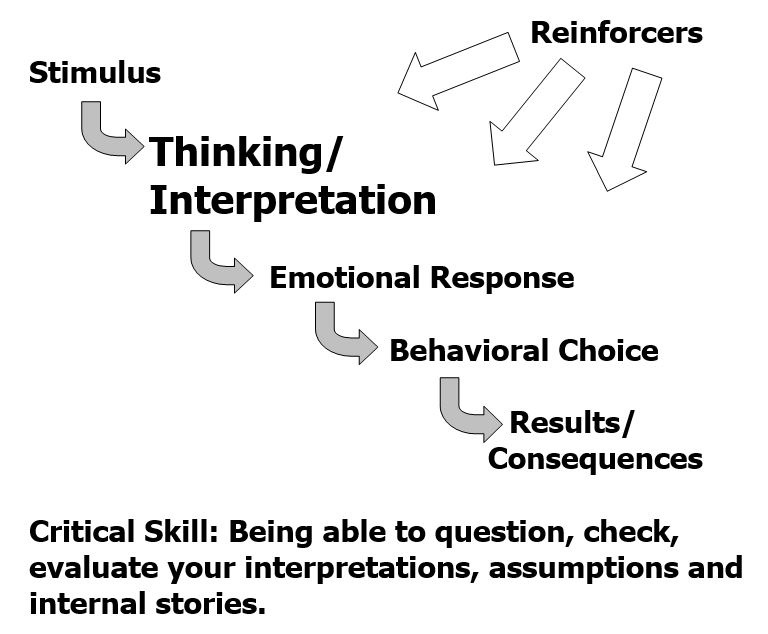“When stakes are high, opinions vary, and emotions start to run strong, casual conversations become crucial. Ironically, the more crucial the conversation, the less likely we are to handle it well. The consequences of either avoiding or fouling up crucial conversations can be severe. When we fail a crucial conversation, every aspect of our lives can be affected – from our careers, to our communities, to our relationships, to our personal health.”
– Patterson, Grenny, McMillan, Switzler
My stomach was in knots about a relationship. I knew there was a distance between us and needed to address it. My emotions felt like a roller coaster. I sat with a blank page before me to write my feelings and thoughts. But I felt so overwhelmed that I couldn’t even begin to write. Have you ever felt like this with relationships? It could be at work, in your home, or in your community.
It’s important to remember that you’re not alone in your struggles with crucial conversations. Many leaders, like me, have voiced similar concerns. For instance,
- “I see people on my team struggling to give feedback to each other. How do I help them to do that?”
- “I have a direct report who is not following through on what I ask them to do. How do I address this?”
- “I have a peer talking about their frustrations with me to others, but not directly with me. What do I do?”
It can feel that the stakes are high and overwhelming. However, to remain silent can also contribute to dysfunction. But there is hope. There is a way forward. Here are some steps to consider:
Know Yourself (and Know Your Organization)
What is your picture of success with this relationship? What do you want to see happen in and through it? Sometimes, we can get caught up in our current emotions, circumstances, and perspectives of what is happening. It can help to imagine our future desires or results.
What are your personal values? This will help you define what is important to you. Who do you want to be as your best self in this relationship? It can also show what values you would like to see happen in the relationship. I encourage you to pick your top two values. I recommend these resources from Brene Brown for a values list and a helpful values clarification exercise.
I identified authenticity and understanding for myself. This helped me picture who I wanted to be in this relationship and what I wanted to protect and set as a standard for my relationships. It helped me define the behaviors I wanted to see.
If this is a relationship in a workplace, you will want to look at your organization’s values. What do those values look like in behaviors?
I also encourage you to know how you are wired as a person, which can help you understand your communication patterns. Various assessments, such as the DISC, can help you understand yourself and others’ communication styles.
Invest in Relationship Building
When we are in relationships and interactions with others, the foundation is building the relationship. Think and plan how you will intentionally connect with others. Our time is limited, so the level of connection will vary based on the person and the level of intimacy and trust you want to have with them. But when intentional, we can become creative in building that connection. This connection becomes the foundation for when crucial conversations need to happen. This is our everyday opportunity to live and be with people. How will you intentionally make the most of that time to be life to others and yourself?
Center on Facts and Behaviors; Be Curious about Interpretations
I love this diagram because it helps to keep me grounded:

We are all involved in situations with others each day. Facts and clear behaviors are happening within the situations. As humans, we also have a second layer of interpretation happening, which becomes our story or narrative of what those facts and behaviors mean. In crucial conversations, our interpretation often creates an emotional roller coaster within us. We need to acknowledge our emotions and our internal story. So, don’t stuff it. However, as a next step, we must also clarify the facts.
Then, be curious. What might other people’s perspectives on the facts be? What might they be feeling? What might be their deeper concern driving their behaviors in this situation? This opens us to the possibility that our interpretation could be one of many. How do we close the gap to bring understanding?
You may identify problem behaviors and now have a clear boundary you want to set. You may become aware that you may need to apologize for something. You may also become aware of a system that needs to be revamped.
Clarify What is Needed
In crucial conversations, the facts and behaviors become your common ground. Everyone can have their interpretation or story. Here are the steps to engage in the conversation:
- Start with the facts of the situation. Keep it simple to one problem and share the facts.
- Then, tentatively share your interpretation. With the interpretation, this must be stated in “I” language. You are clarifying that these are your thoughts, feelings, and experiences, which may not be the whole story. This is your observation of the facts and interpretation. What is theirs?
- You want to create dialogue, which is golden. Dialogue is where shared understanding happens. In this space, you can share what you want to change in behaviors. You can clarify your picture of success in the future and be open to how this may need to evolve as you gain clarity from the shared understanding.
Show support and Follow up
If you agree on a change, offer to provide support. You may also need to support each other in the change. Follow up on the changes. Continue to build the relationship through connection.
You may also identify the level of trust and intimacy that this relationship can handle and reach. Then, you can set up your level of connection appropriately.
Summary and Book Recommendation
Relationships are precious and worth the work involved in maintaining and growing them. Tensions happen in relationships and require challenging conversations. But we don’t have to be at a loss. We can build a path forward. I hope that this article provides a helpful overview. For a more in-depth perspective, I recommend the book Crucial Conversations. I am also available to support you in the process. Please reach out to me.
